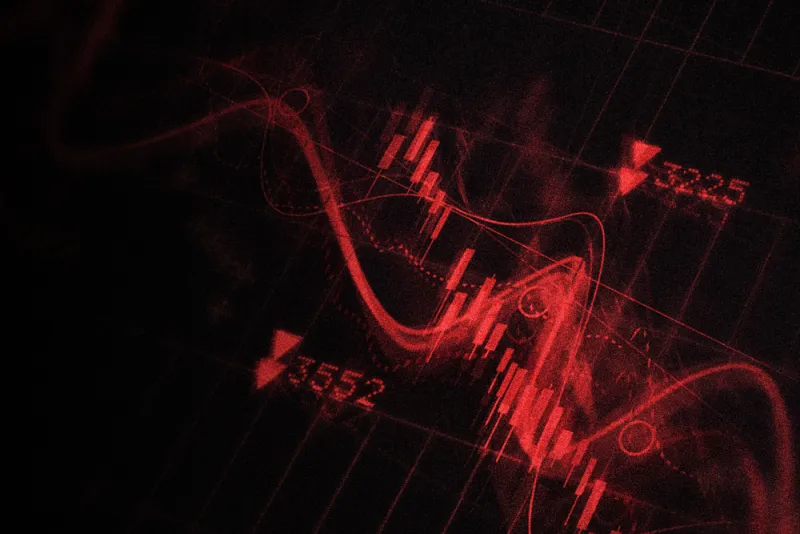There is little debate that 2018 has been a rough year for hedge funds.
The average long-short fund lost more than 7 percent in October alone, according to Goldman Sachs. Through October, data tracker HFR’s HFRI Fund Weighted Composite Index had lost 1.86 percent, while its asset-weighted index was basically flat.
But as bad as this is, it could have been much worse for the many hedge funds that have been cutting their exposure to the market throughout the year, especially in recent weeks and months.
Hedge fund net exposure has fallen sharply, from around 80 percent at the beginning of the year to slightly above 60 percent as of November 15, according to figures from Goldman Sachs Prime Services, a division of the investment bank that provides services to hedge funds.
“Hedge fund net exposures have steadily declined throughout 2018,” including during the second quarter and third quarter, “while the broad equity market rallied,” Goldman observed in its recently quarterly analysis of hedge fund equity holdings, which also contained the Prime Services data.
Goldman also noted that while net exposures have been declining through the year, gross exposures “remained elevated until the recent equity drawdown.” It added that gross exposures have “declined sharply” since the Standard & Poor’s 500 stock index began declining in early October, which reflects a reduction in the use of leverage, or borrowed money to enhance returns.
Both net and gross exposures are currently at their lowest levels since the first half of 2017, according to the investment bank. Still, to put the current levels into longer historical perspective, Goldman stressed that gross and net exposures “remain significantly above levels earlier this cycle, including the lows alongside concerns of recession in early 2016.”
One firm that has reduced its exposure is Philippe Laffont’s Coatue Management. In a letter sent to clients in late October, part of which was seen by Institutional Investor, the Tiger Cub told clients he reduced gross and net exposure “substantially to reflect and protect against additional losses,” adding, “We like our temporary low gross because we can think of the future without reacting to daily events. We will be patient about taking the gross back up.”
He acknowledged in the letter that up to that point, October had been “brutal” for technology stocks, but said having reduced the portfolio’s gross exposure helped.
Laffont, whose main fund was up 2 percent for the year through September, said in general growth stocks were priced “in between fair and very expensive” and that the outlook for 2019 is “challenging.” He also said he was anticipating more volatility.
Dan Loeb’s Third Point, meanwhile, said in its third-quarter client letter that the multistrategy hedge fund firm had “meaningfully” reduced its tech exposure and grown its short book.
“We expect to be net sellers over the next few months if markets rally but, while we recognize that we are far along in the cycle, late‐cycle and end‐cycle are not the same,” Third Point told clients. “Volatility will remain high versus recent history.”
II also reported earlier this week that Suvretta Capital Management sharply cut its gross exposure to 60 percent in mid-October from 160 percent at the beginning of the month, according to an investor in the fund. During that period, the net exposure remained around 50 percent.
In addition, II recently reported that in the third quarter David Tepper’s Appaloosa Management cut its U.S. equity portfolio by more than $3 billion, to roughly $5.7 billion.







